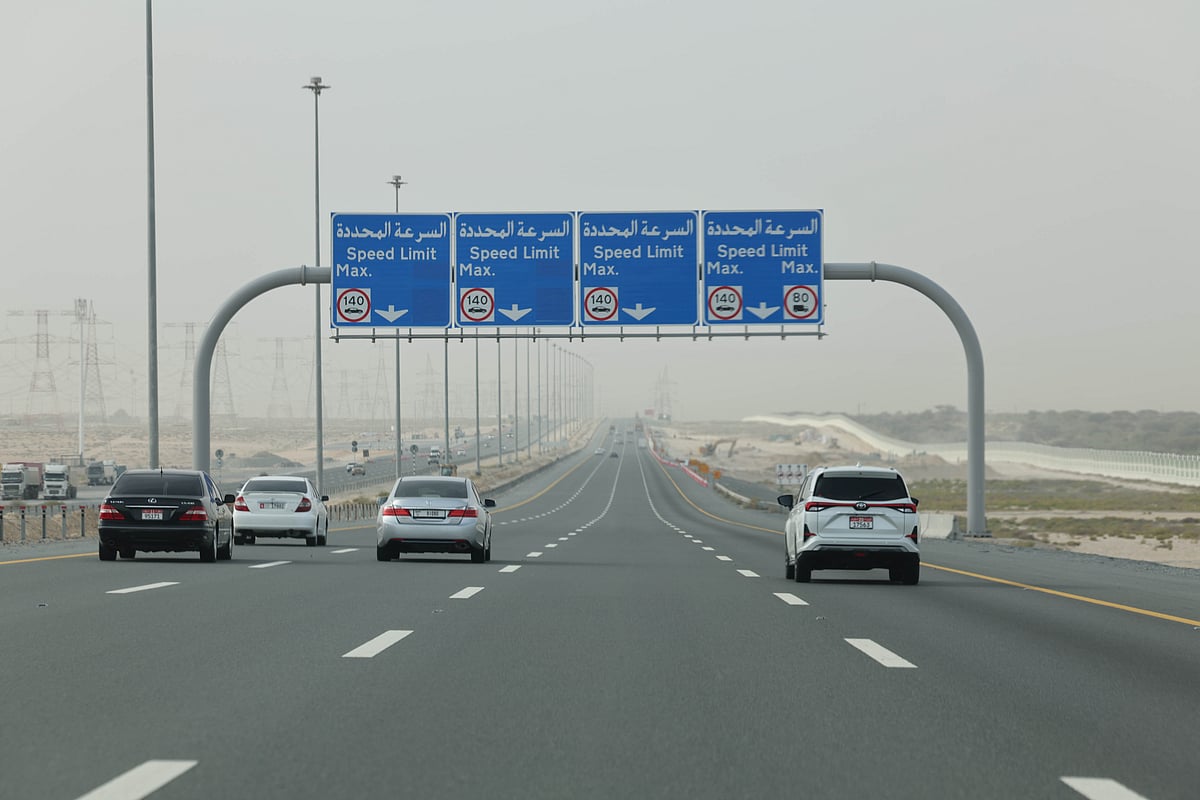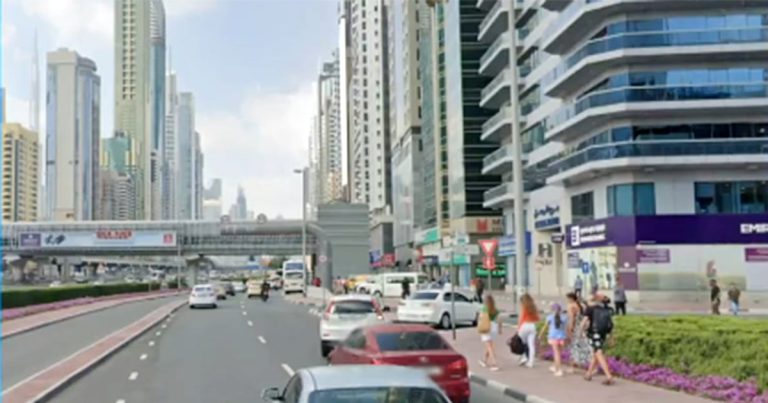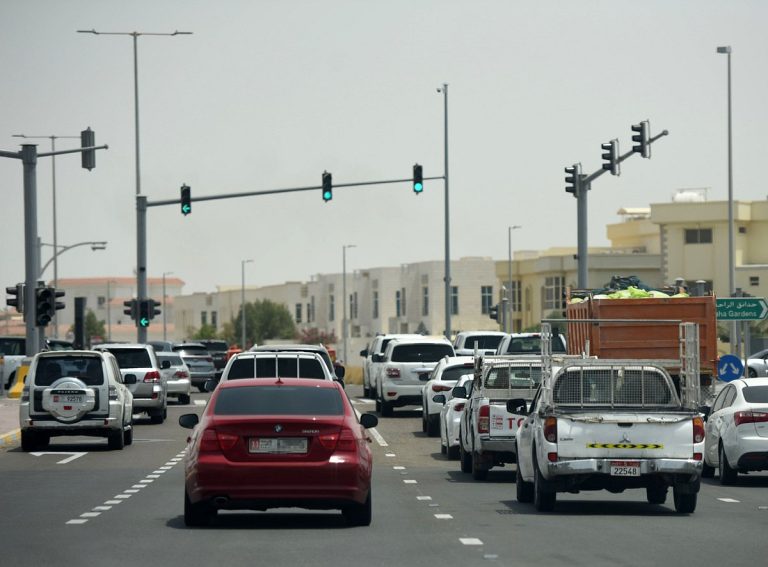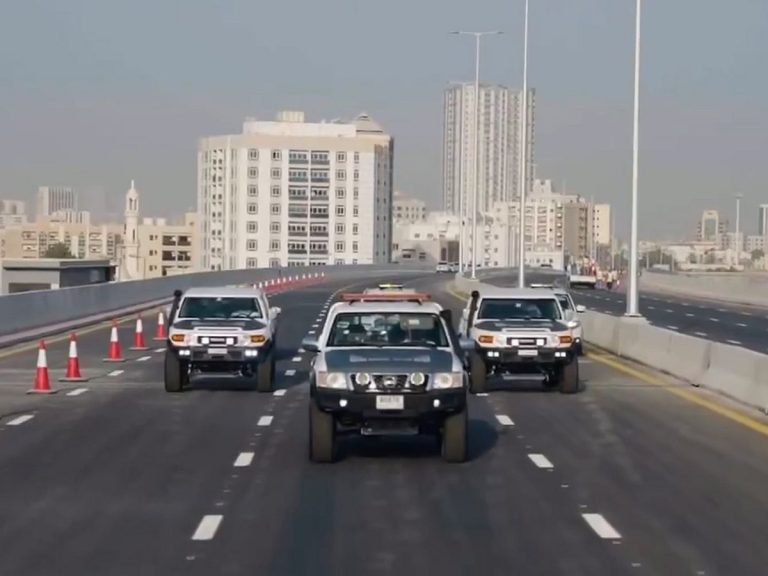Abu Dhabi Introduces Variable Speed Limit System
Motorists in Abu Dhabi may have recently observed changes in speed limits along Sheikh Zayed bin Sultan Road. This adjustment is part of a new initiative by the Integrated Transport Centre (Abu Dhabi Mobility), which implemented a variable speed limit system on October 27, 2025. The goal is to enhance road safety and improve traffic flow by adapting speed limits in real time based on various conditions.
How the Variable Speed Limit System Works
The variable speed limit (VSL) system enables authorities to modify the speed limit displayed on digital signs according to current traffic, weather, and road conditions. This means that the speed limit you see may change throughout your journey, reflecting safer driving speeds under specific circumstances.
The adjustments are not intended to hinder drivers but rather to minimize collisions and alleviate congestion, particularly during peak traffic times or adverse weather conditions.
When Speed Limits May Change
Under the new system, speed limits may be lowered in several situations:
– **Adverse Weather Conditions**: Rain, fog, or sandstorms can significantly affect visibility and road safety. – **Peak-Hour Congestion**: During busy traffic periods, speed limits may be adjusted to manage the flow of vehicles. – **Major Events**: Events that increase traffic loads can prompt temporary speed limit changes. – **Roadworks or Lane Closures**: Construction or maintenance activities may necessitate a reduction in speed for safety.
Motorists are required to adhere to the displayed speed limit, even if they are accustomed to the usual posted limit.
Similarities with Dubai’s System
Abu Dhabi’s variable speed limit system mirrors a similar system already in place in Dubai. In Dubai, authorities lower speed limits during adverse weather conditions, such as dense fog or heavy rain, using Variable Message Signs (VMS). These signs override fixed speed limits, ensuring that drivers follow the updated limits for their safety.
Recently, Abu Dhabi employed this system to lower the speed limit on Sheikh Khalifa bin Zayed International Road during a traffic incident, helping to manage congestion and enhance safety.
Global Context of Variable Speed Limits
Variable speed limits are not a new concept; they have been utilized on European motorways for years to manage traffic flow and reduce accidents. Research indicates that VSL systems can lead to:
– A decrease in rear-end collisions, which are prevalent in heavy or fluctuating traffic. – Smoother traffic flow, especially during peak congestion. – Improved travel time reliability, as fewer abrupt stops or accidents occur.
These systems are particularly effective on roads prone to congestion, variable weather, or high accident rates.
Recent Speed Regulation Updates
The introduction of the variable speed limit system follows several speed regulation changes earlier in 2025. Notably, in May, Abu Dhabi Mobility reduced speed limits on two major highways:
– **Sweihan Road (E20)**: The limit was lowered from 120 km/h to 100 km/h between Abu Dhabi and Sweihan. – **Sheikh Khalifa bin Zayed International Road (E11)**: The speed limit was reduced from 160 km/h to 140 km/h on the stretch connecting Abu Dhabi Industrial City to Sheikh Shakhbout Medical City.
Additionally, the authority removed the minimum speed limit on Sheikh Mohammed bin Rashid Road (E311), which previously penalized drivers for going below 120 km/h. This change aims to enhance road safety and facilitate smoother travel for heavy vehicles between Abu Dhabi and Dubai.
FAQs
What is a variable speed limit system?
A variable speed limit system allows authorities to change speed limits in real time based on traffic, weather, and road conditions, displayed on digital signs.
How do I know when the speed limit changes?
The speed limit will be shown on digital signs along the road. Motorists must adhere to these displayed limits, even if they differ from the usual posted speeds.
Are variable speed limits common in other countries?
Yes, variable speed limits are widely used in many countries, particularly in Europe, to manage traffic flow and enhance safety on busy roadways.
Conclusion
The implementation of the variable speed limit system in Abu Dhabi represents a significant step toward improving road safety and traffic management. As this system becomes more integrated into daily driving experiences, motorists should stay informed about changing speed limits to ensure compliance and safety on the roads.
Also Read:
Dubai and Abu Dhabi Rank High in Global Resilience Index







